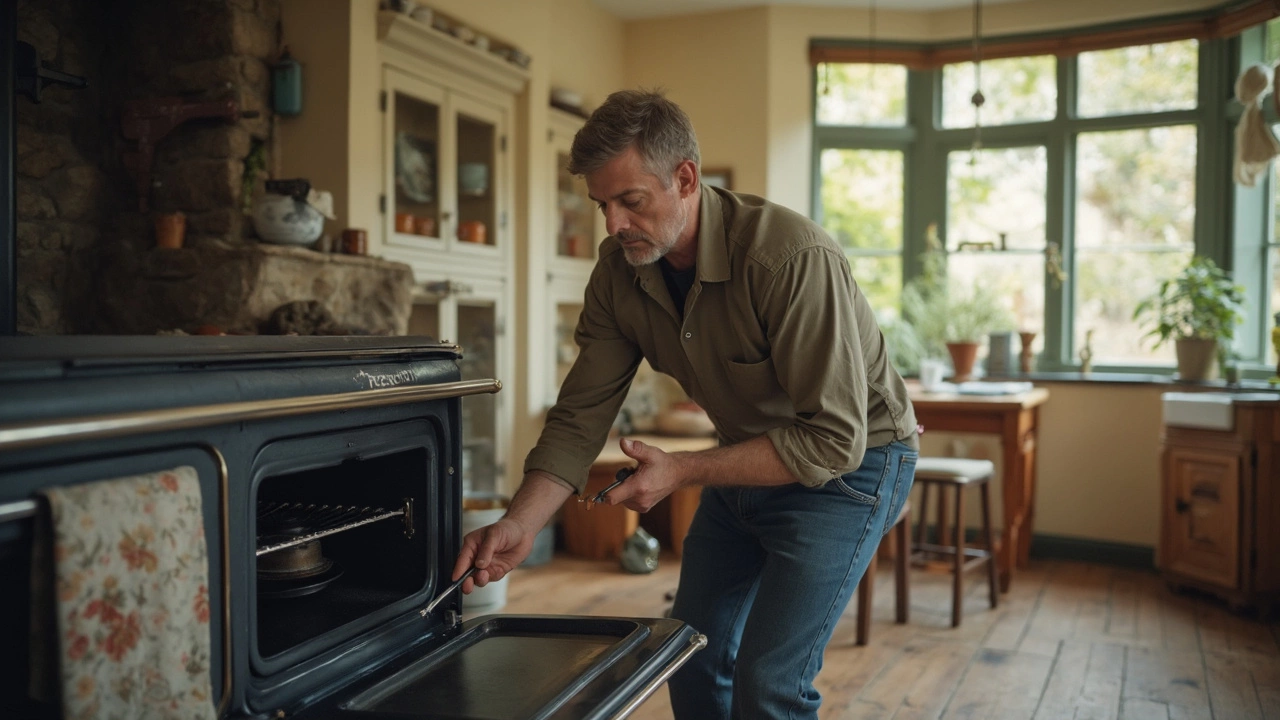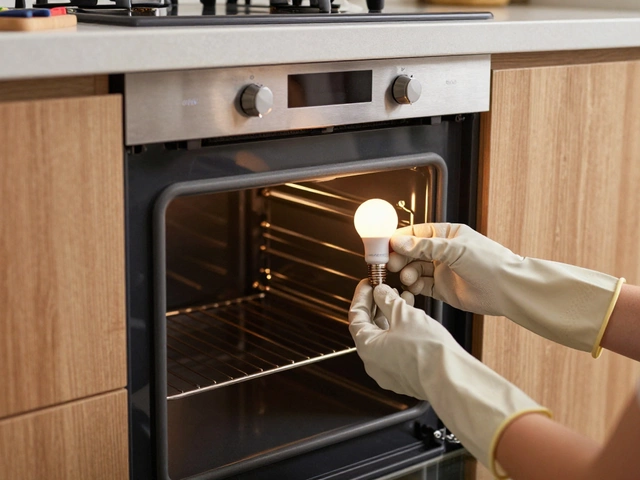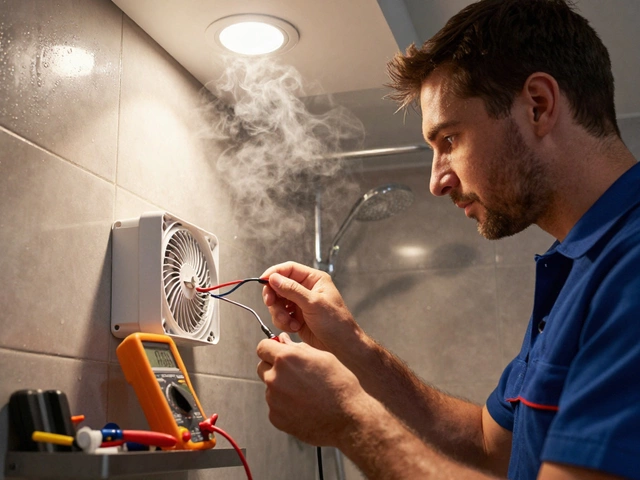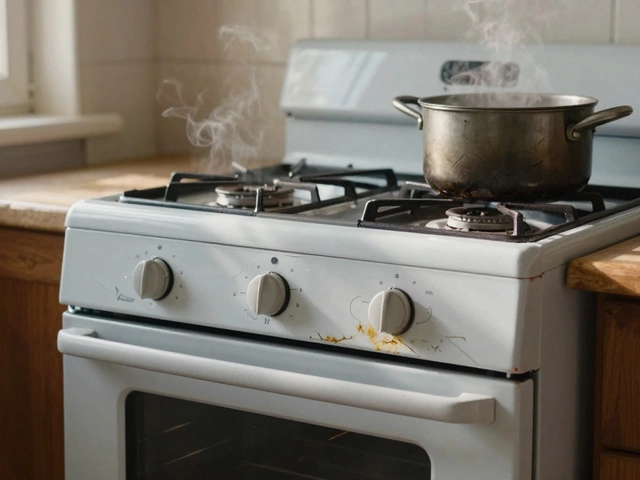Why Your Oven Won't Heat and How to Fix It
Nothing stops dinner plans faster than an oven that stays cold. Before you panic or book a technician, try a few quick checks. Most heating problems are simple to spot and can be solved with a screwdriver, a multimeter, and a bit of patience.
Common Causes of a Cold Oven
First, make sure the oven is actually getting power. A tripped breaker or a loose plug is the easiest culprit. Flip the breaker back on or reseat the plug, then see if the display lights up.
If the oven lights but never warms, the heating element is the usual suspect. In electric ovens there are two elements – one at the bottom (baking) and one at the top (broiling). A broken element will look dark, cracked, or have a burnt spot. You can test it with a multimeter; a reading of zero ohms means it’s dead.
For gas ovens, the igniter does the heating work. A weak igniter may glow but not spark enough to light the gas. If you hear a clicking sound but no flame, the igniter is likely the problem.
The thermostat or temperature sensor is another frequent failure point. It tells the oven when to stop heating. If it’s faulty, the oven may think it’s already at the set temperature and shut off the heat.
Lastly, the control board can go bad. Modern ovens use a digital board to manage heating cycles. A burnt spot or swollen capacitor on the board usually means you need a professional replacement.
Step‑by‑Step DIY Checks
1. Power check: Verify the outlet works with another appliance. Reset any tripped GFCI or circuit breaker.
2. Element test: Turn the oven off, disconnect power, and remove the element screws. Use a multimeter set to continuity. If there’s no beep, replace the element.
3. Igniter test (gas only): Look for a blue glow when you turn the oven on. No glow? Swap in a new igniter – it’s cheap and easy.
4. Sensor test: The sensor is usually a thin rod near the back wall. Pull it out and test for resistance; typical readings are 1,100 Ω at room temperature. Anything far off means it’s bad.
5. Control board inspection: Look for obvious burnt marks or cracked solder joints. If you find damage, it’s safest to let a pro handle the replacement.
While you’re checking, clean any food debris that might be insulating the element or blocking the fan. A squeaky fan can also cause uneven heat, so give it a quick wipe.
If after these steps the oven still stays cold, it’s probably time to call Hinckley Home Appliance Repair Services. Our technicians can safely replace parts, test the whole system, and get your oven back to full heat without you risking electric shock or gas leaks.
Remember, safety comes first. Never work on a live oven, and always turn off the power at the breaker before removing any components. With a bit of troubleshooting, many “oven won’t heat” cases are fixed in under an hour. But when you hit a wall, a qualified pro will save you time, money, and headaches.
13 February 2025
·
0 Comments
This article explores the costs associated with fixing an electric oven that isn't heating properly. It covers potential causes, average repair costs, and whether it's best to DIY or call a professional. Helpful tips and real-world examples will guide readers through making informed decisions for their home appliance. An essential read for anyone facing oven troubles.
Read more






